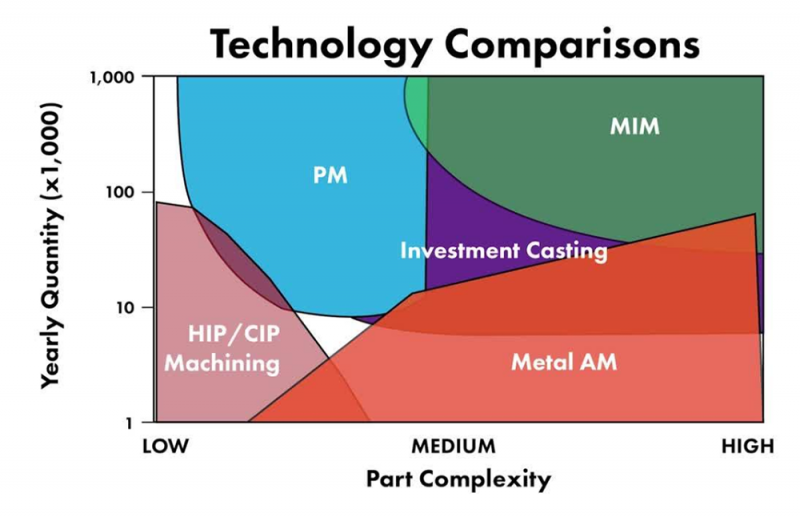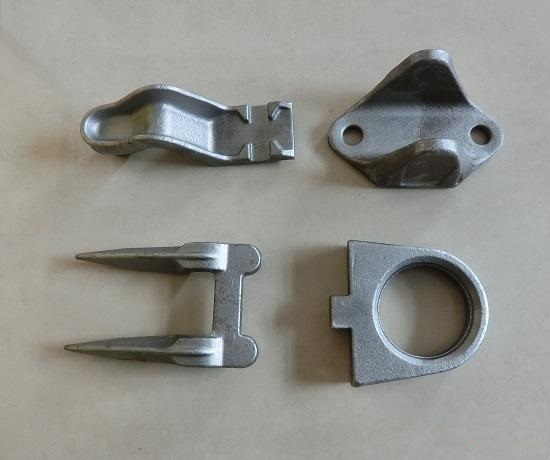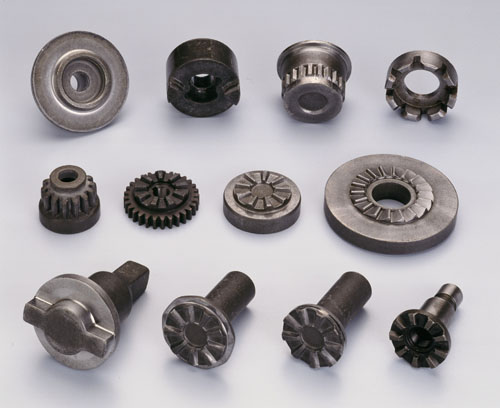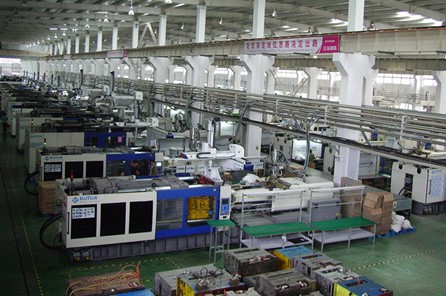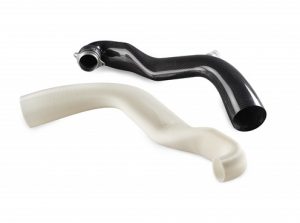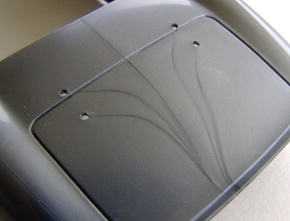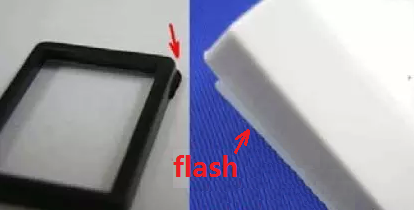Injection molding is a manufacturing process where a material is injected into a mold to create a desired shape. Typically, this process is used for plastics, but it is also possible to use it for metals like aluminum. Aluminum injection molding involves melting aluminum pellets and injecting them into a mold cavity under high pressure. The aluminum solidifies quickly in the mold, taking the shape of the cavity. Once the aluminum has cooled and hardened, the mold is opened, and […]
Tags: Injection Molding

